Did You Know?
It is often said that play is the work of children. When children play, their language development blossoms. New vocabulary emerges and communication skills grow. They begin to incorporate social skills that are critical for school readiness and achieving healthy, lasting relationships in life. They learn to take turns, collaborate, follow rules, self-regulate, think critically and problem solve. Play requires children to use large muscles and small muscles that add to their physical development. And when children play, the joy and fun of learning becomes a natural part of their exploration and discovery.
It can be difficult to recognize the many marvelous things children can learn through play. It can be even harder to explain to others the importance of allowing children ample time to play rather than spending that time sitting, completing written tasks, or working with textbooks. Taking the time to watch, listen, and reflect on all that children are doing and learning during play is a good place to start in understanding and communicating the power of play.
Use the Try It exercise to reflect on the skills children in your program may be developing as they engage in play activities.
Try It: Capturing the Power of Play
No matter the age of the child, a variety of skills and abilities develop with every opportunity to play. Try these ideas to capture and reflect on the specific skills children in your program are developing through their play.
No matter the age of the child, a variety of skills and abilities develop with every opportunity to play.
Try these ideas to capture and reflect on the specific skills children in your program are developing through their play.
- Observe the children in your program or classroom during free play periods.
- Jot down notes of your observations
- Listen to conversations between children as they play or to a child’s language during solitary play
- Pay careful attention to how they use toys and materials
- Take pictures and reflect on the various domains of development that are at work.
- Physical Development (large muscle and small muscle)
- Social/Emotional Development (sharing, problem solving, critical thinking)
- Language Development (conversations, complexity of language and vocabulary)
- Mathematical and Scientific thinking (size, shape, categories, comparisons)
- Keep a journal of your observations to share with families as a way of communicating the importance of play (see example below).
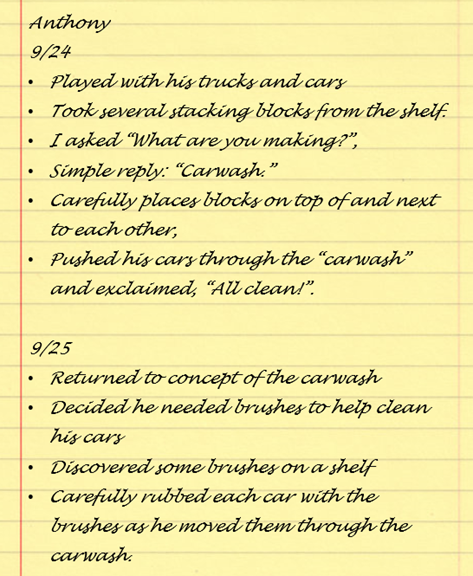
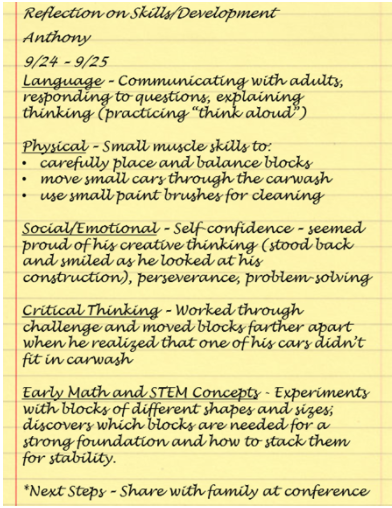
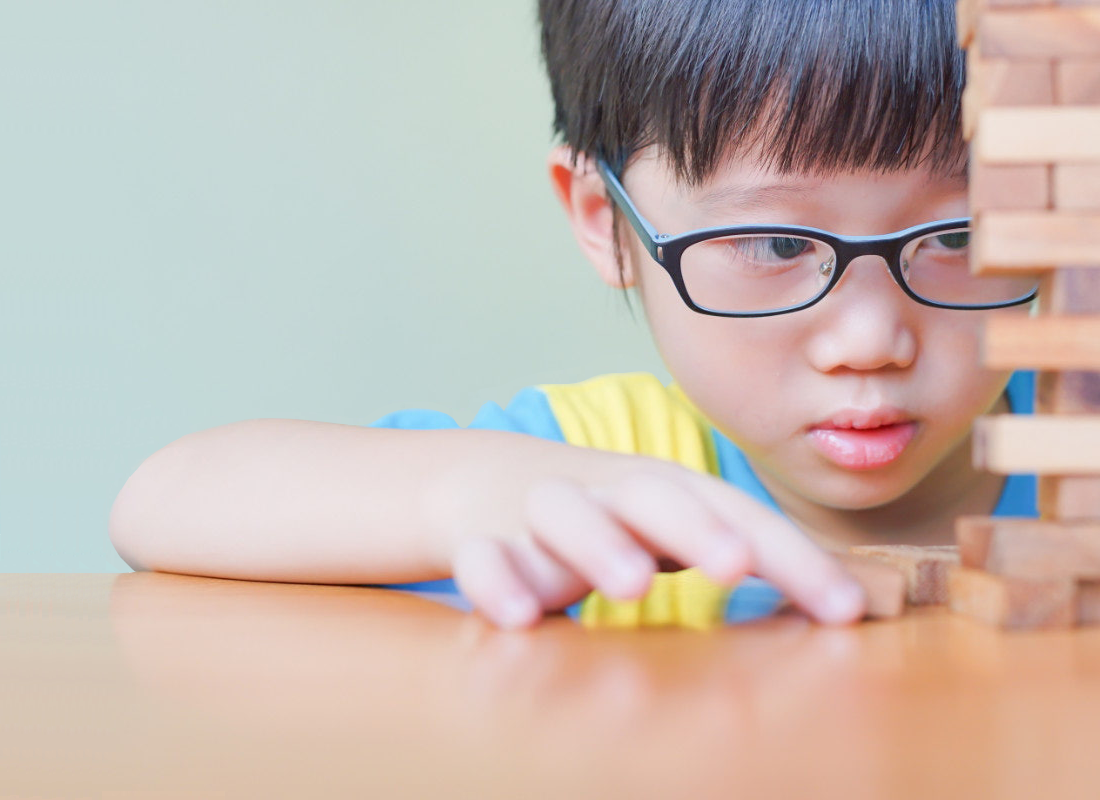
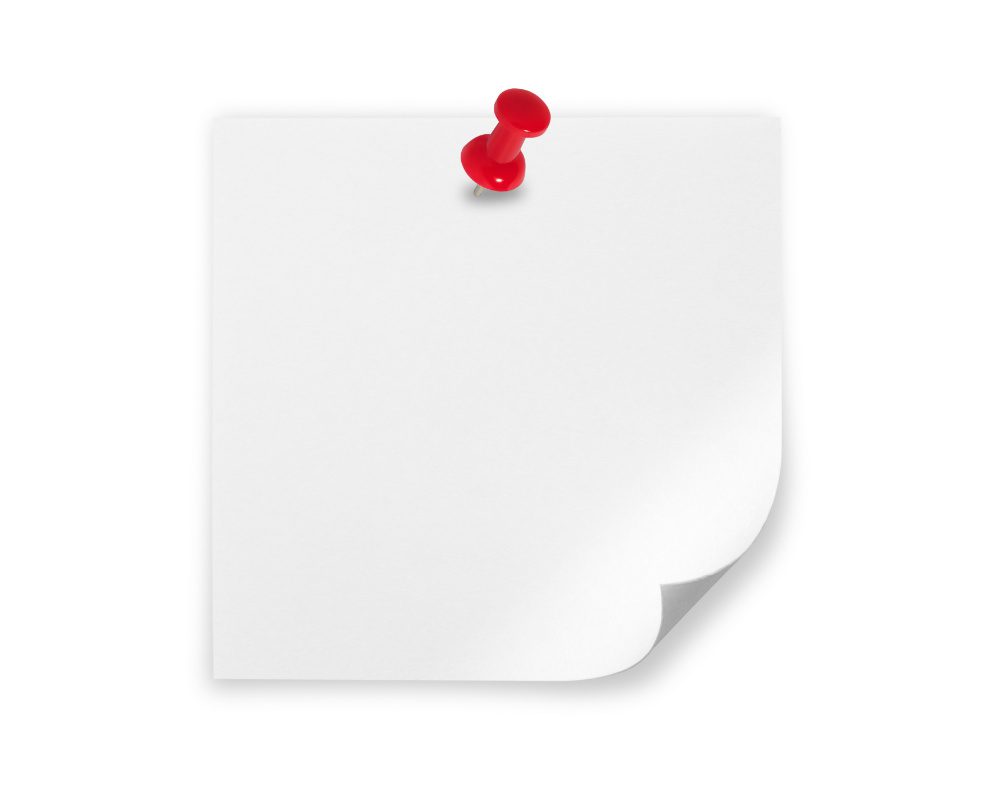
Resources to save and share
Watch
This short video clip from Penfield Children’s Center shows children engaged in different types of play, discusses specific skills children develop through play, and offers practical ideas and strategies for encouraging and supporting young children: Learning Through Play
The following Ted Talks provide more information on the importance of play:
Play is More than Just Fun (Dr. Stuart Brown, found of the National Play Institute)
Tales of Creativity and Play (Tim Brown, CEO of the global design firm IDEO)
Read
This Washington Post article provides a concrete example of how a simple play activity can involve so much learning for children: Why Kids Deserve a Preschool that Lets Them Play
Play is important for all of us. This Washington Post article presents the benefits of play, even for adults: Why It’s Good for Grown-Ups to Go Play.
Share
Help the families understand key elements and the benefits of play. This article from the National Association for the Education of Young Children (NAEYC) outlines critical components of play to share with families: 10 Things Every Parent Should Know About Play
